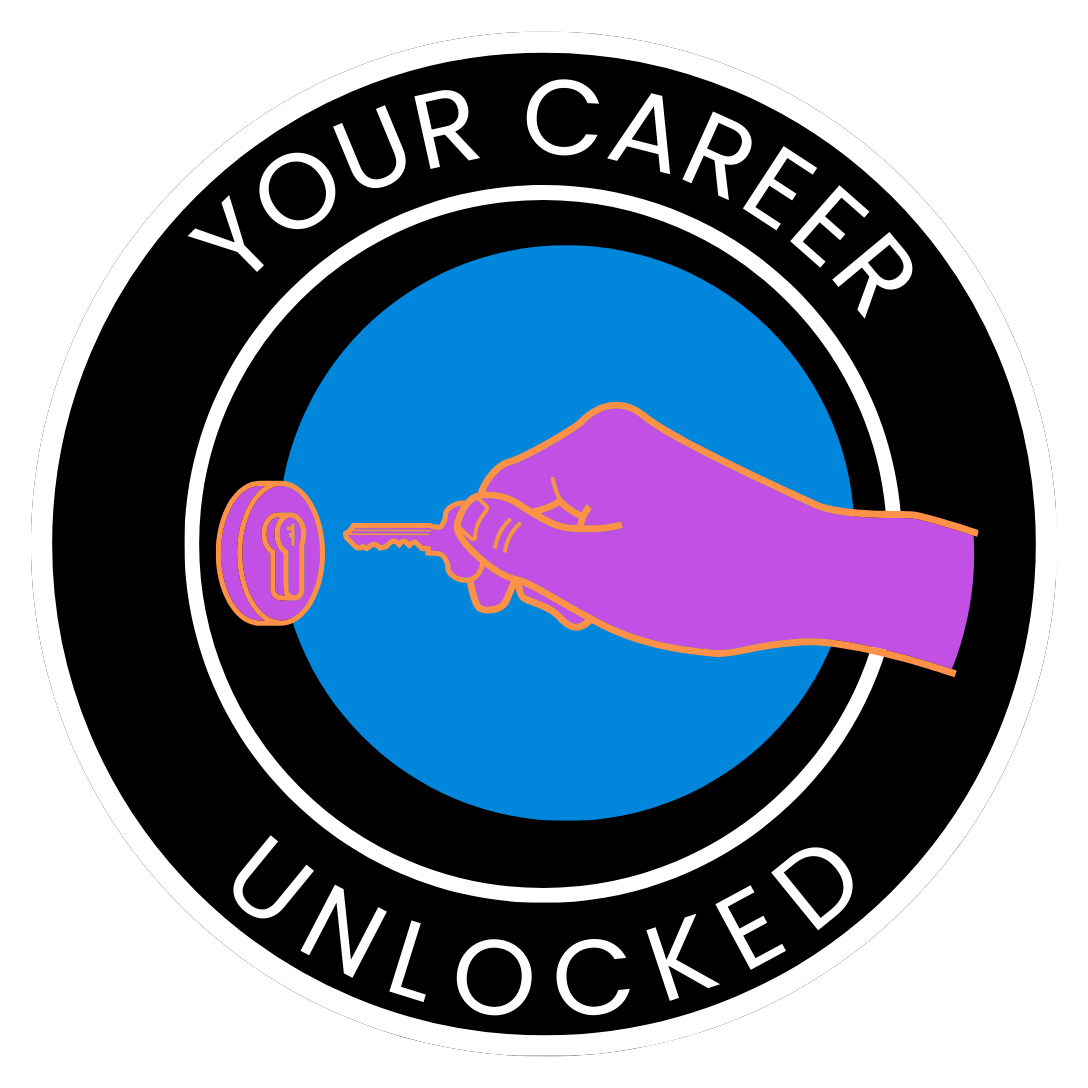Breaking the Ice: How ChatGPT Can Kickstart Your Creativity
Creativity can feel elusive. One day you’re overflowing with ideas, and the next, you’re staring at a blank page, wondering where the spark went. When inspiration stalls, ChatGPT can step in as the perfect creativity catalyst.
This article explores how to use ChatGPT to break the ice and jumpstart your creative process, no matter what you’re working on.
Step 1: Start With a Simple Prompt
Creativity doesn’t need a big dramatic beginning. Sometimes, all you need is a nudge to get started. Use ChatGPT to generate a starting point by framing a straightforward request.
Example prompts:
- “Give me a creative idea for [topic].”
- “What’s a unique way to approach [challenge]?”
- “Can you suggest a fun twist for [project]?”
Even if the response isn’t perfect, it provides a spark to build on.
Step 2: Play With Random Inputs
When you’re stuck, randomness can help you think outside the box. Ask ChatGPT for unexpected ideas, scenarios, or combinations to shake things up.
Try prompts like:
- “Give me five random words, and I’ll create a story around them.”
- “What’s the most unusual setting for a [type of project]?”
- “Combine [concept 1] with [concept 2] and suggest something creative.”
These random inputs force your brain to explore new pathways, unlocking fresh inspiration.
Step 3: Use Constraints to Fuel Creativity
Creativity often thrives within boundaries. Ask ChatGPT to create constraints or challenges to guide your thinking.
Examples:
- “Give me a writing prompt with a 200-word limit.”
- “Suggest a creative solution that only uses three materials: [list materials].”
- “What’s a minimalist approach to [idea]?”
By narrowing the scope, you’ll focus your energy and stretch your imagination.
Step 4: Collaborate With ChatGPT to Iterate Ideas
Creativity is an iterative process. Use ChatGPT to refine your ideas, building on what works and discarding what doesn’t.
Prompts to explore:
- “I like this idea, but can we make it more [adjective]?” (e.g., bold, whimsical, relatable)
- “What’s a fresh way to expand on this concept?”
- “Can you give me five variations of [idea]?”
This collaborative back-and-forth allows ideas to evolve organically.
Step 5: Dive Into “What If” Scenarios
“What if” questions are a playground for creativity. Ask ChatGPT to explore hypothetical scenarios, inspiring unique and imaginative ideas.
Examples:
- “What if gravity worked differently for one day a year?”
- “What if we could only communicate through music?”
- “What if [problem] didn’t exist—how would the world look?”
These scenarios help you stretch your creative muscles and explore the fantastical.
Step 6: Get Visual With Descriptions
If your creativity feels stuck in the abstract, ask ChatGPT to paint a picture with words. Detailed descriptions can trigger visual inspiration.
Prompts to try:
- “Describe a surreal dreamscape I could use in a painting.”
- “What would a futuristic city look like in 3024?”
- “Describe a cozy winter scene for a short story setting.”
These vivid depictions can unlock creative ideas across writing, art, and design.
Step 7: Use ChatGPT to Generate “Bad” Ideas
Sometimes, giving yourself permission to come up with bad ideas is the best way to break through. Ask ChatGPT for deliberately outlandish or impractical suggestions.
Prompts:
- “What’s the most ridiculous way to solve [problem]?”
- “Give me some over-the-top, wacky ideas for [topic].”
- “What’s an absurd plot twist for my story?”
You might find hidden gems among the silliness, or at the very least, you’ll loosen up and start thinking more freely.
Why This Works
Creativity isn’t about waiting for inspiration to strike—it’s about taking action. ChatGPT offers endless ways to kickstart your process, from providing random inputs to collaborating on iterations. By breaking the ice with ChatGPT, you’ll move past creative blocks and unlock the flow of ideas.
The next time you’re feeling stuck, let ChatGPT help you take the first step. The results might surprise you.

